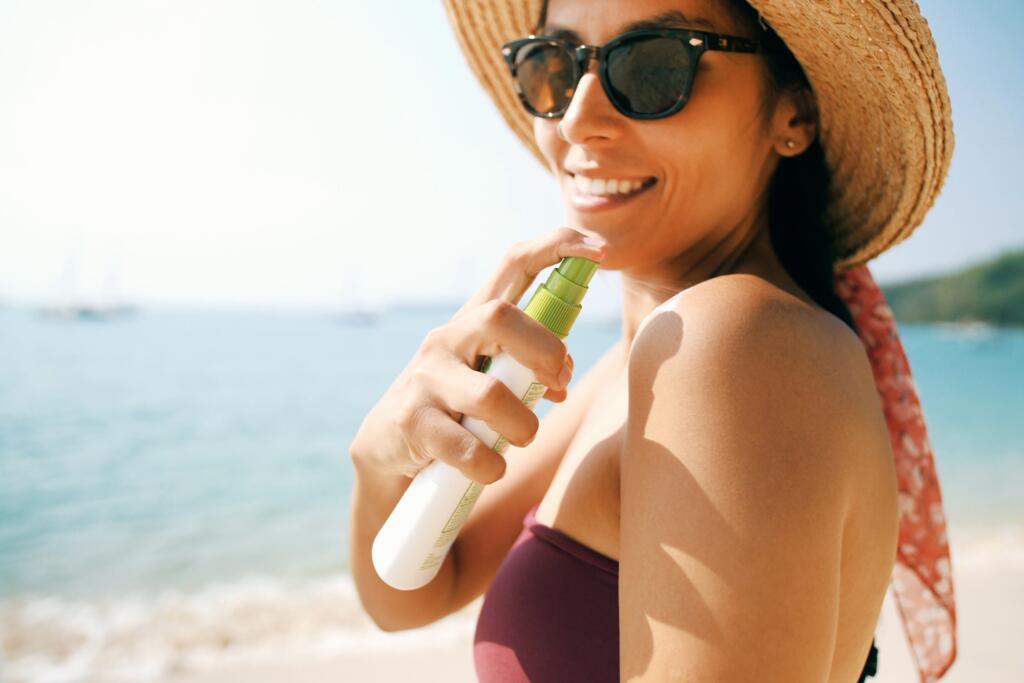
As lake dwellers, we’ve all experienced a painful sunburn. While it’s no big deal to treat most sunburns at home with moisturizer and aloe vera, it’s best to reduce your burns because chronic, unprotected sun exposure can be dangerous. According to the American Academy of Dermatology, 1 in 5 Americans will develop skin cancer in their lifetime. To highlight the importance of sun protection on the lake, we’re launching a four-part blog series on this topic, beginning with a spotlight on sunscreen. To learn more about using sunscreen properly at the lake, we connected with Dr. Rina Allawh at Montgomery Dermatology near Philadelphia, PA, and Dr. Todd Minars from Minars Dermatology in Hollywood, FL. These dermatologists lent us their expert advice on the essentials of sun protection for lake lovers like us.
What is SPF?
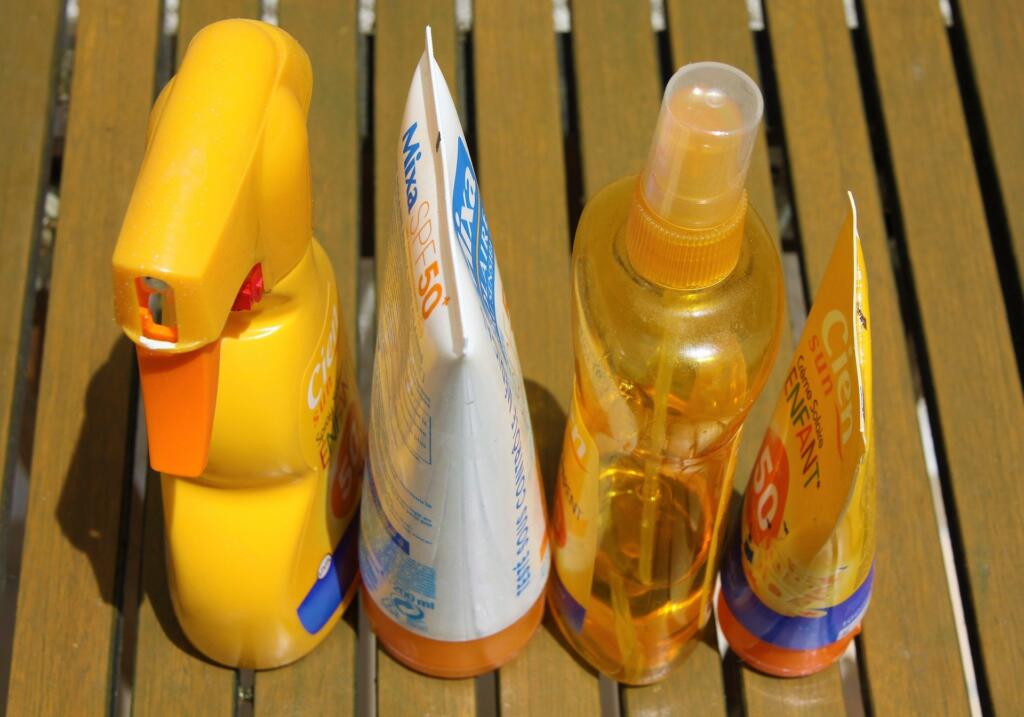
We’ve all seen this acronym on sunscreen bottles, but do we really know what it means? First, SPF stands for Sun Protective Factor, and it measures a product’s degree of protection against the sun’s harmful UV rays. There are two types of UV — UVA rays which penetrate deeper and cause the skin to age and UVB rays that are surface-level and cause the skin to burn. To filter out this harmful light, SPF was created. It’s available in two broad categories: chemical and physical. While chemical sunscreens contain organic compounds that absorb UV rays when they enter the skin, physical sunscreens include mineral compounds which sit on top of the skin and scatter and reflect UV rays. Both have costs and benefits. Recent studies suggest that some chemical sunscreen can be absorbed into the blood, but Dr. Allawh clarifies that there are currently no studies linking sunscreen to cancer. Regardless of which type of sunscreen you choose, the most crucial factor is simply using it. Dr. Minars emphasizes this importance: “Quite literally, applying sunscreen with SPF is the best anti-aging and skin care preventative step a person can take.”
What SPF Should I Use?
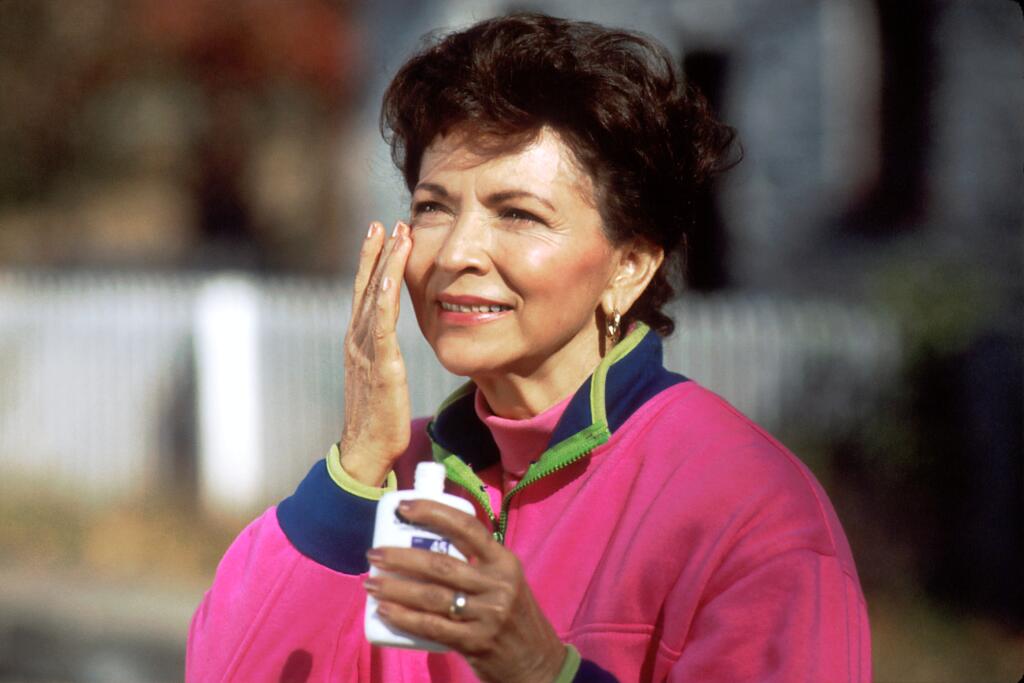
Dr. Allawh’s patients frequently ask her whether a high-numbered SPF is better. The answer depends less on the SPF and more on one’s application. She comments, “Many individuals purchase a higher SPF in hopes that they don’t have to reapply. In reality, a high-number SPF does not mean you can spend additional time outdoors unprotected. Reapplication is essential, especially after being in the water.” Although a higher SPF number does not protect your skin longer, it does have slightly more coverage from the sun’s UVB rays. For instance, SPF 30 blocks 97% of these rays, and higher numbers will provide 98% coverage and above. However, Dr. Allawh adds, “No sunscreen, in reality, can block 100% of the sun’s rays.” Finally, when picking out a sunscreen, make sure that the term “broad spectrum” is on the label, demonstrating that it protects against both UVA and UVB rays. And don’t forget to check the expiration date!
How Much Should I Apply?
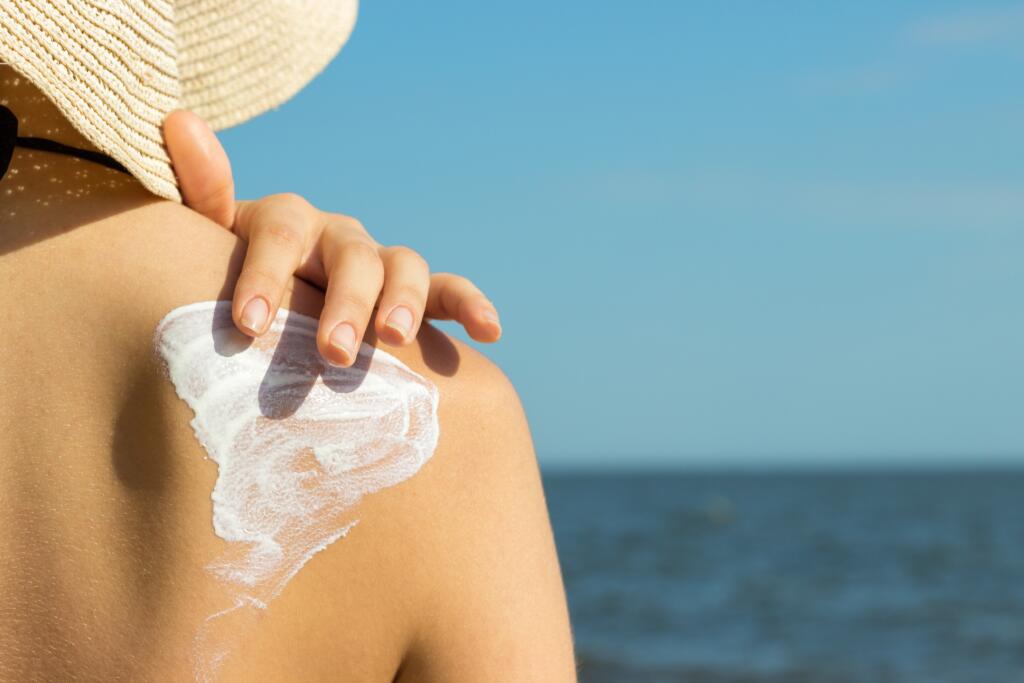
Dr. Allawh recommends applying a nickel-sized amount of sunscreen to the entire face daily. If you’re spending time outside on the lake, she recommends applying one shot glass amount of sunscreen to your exposed skin. Although it’s a common practice to only reach for the sunscreen when it’s sunny outside, it’s just as important to wear SPF on cloudy or overcast days. Especially between the hours of 10am-2pm, the sun’s rays are exceptionally strong, and it’s critical to apply the recommended amount of SPF. Dr. Allawh says, “a helpful tip I recommend to my patients: When your shadow is shorter than you are… seek shade!”
What Products Should I Use?
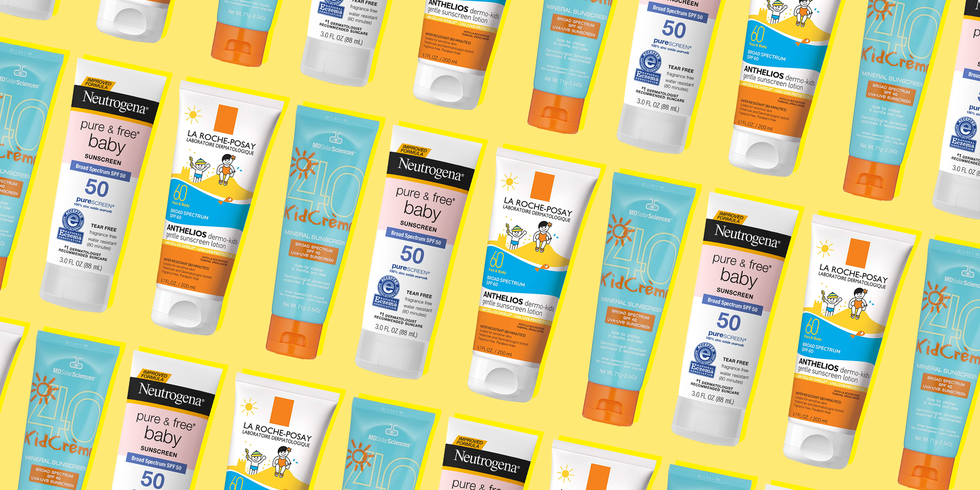
The answer to this question depends on your skin features and whether your goal is repair or protection. For everyday use, while lounging on your boat dock, Dr. Minars suggests a rub-on SPF sunscreen like Neutrogena Beach Defense. Its 80-minute water resistance is ideal for lake environments. If your skin is sensitive or acne-prone, Dr. Allawh suggests products that are light and non-comedogenic (meaning they won’t block your pores) such as Elta MD UV Clear, LaRoche Posay Anthelios, and Neutrogena Ultra Sheer Dry Touch. She notes that “they have a nice buildable texture which is ideal for applying before any make-up.” If you’ve already accumulated skin damage from years enjoying the sun, it isn’t too late. Dr. Minars recommends AlphaRet cream products from Skinbetter Science for skin repair. Although this product is less potent than a dermatologist’s prescription, their key ingredients of retinoid and lactic acid rejuvenate and repair the skin.
In the coming weeks, keep an eye out for more blog posts in our Sun Protection Series. For now, apply some sunscreen and get outdoors!

